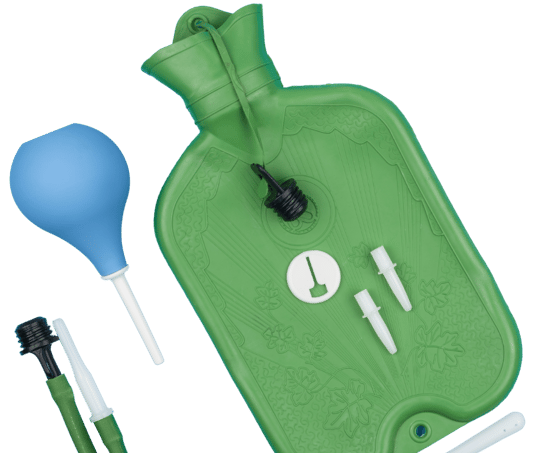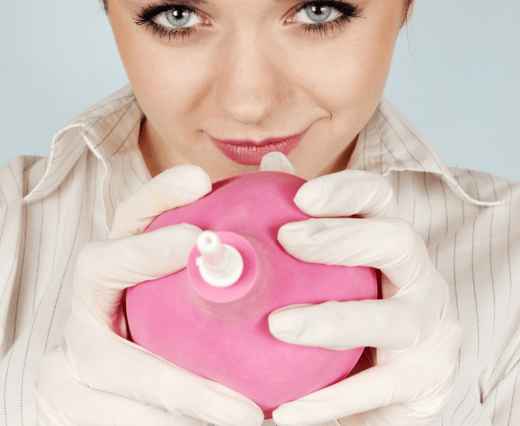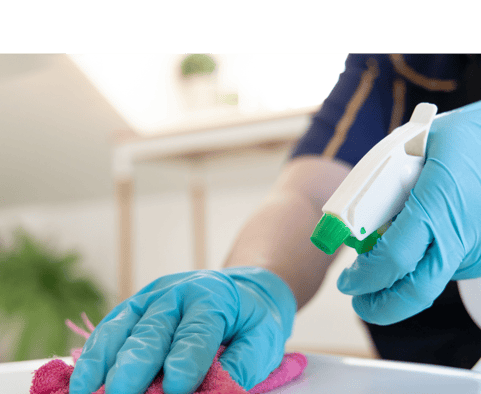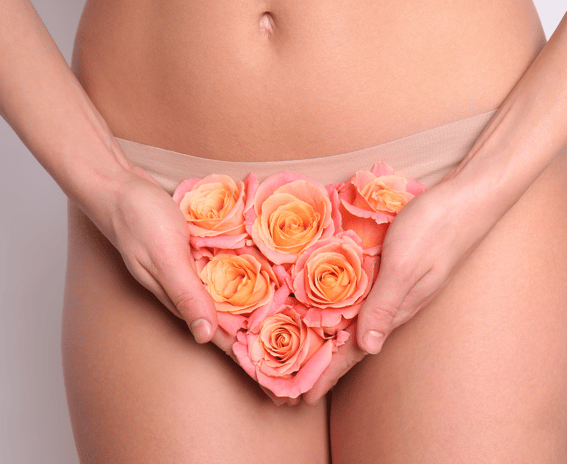How to Douche Safely: Tips & Benefits
ANAL CLEANSING
11/29/202310 min read


Did you know that studies show nearly 25% of people have tried anal douching at some point for a healthy anus? Here are some tips to help you navigate through it. It's important to be mindful of hygiene practices, especially after toilet and anal play. In this post, we'll delve into the importance of understanding anal douching and shed light on its health implications for anal sex and potential problems.
Exploring the Basics of Anal Douching
Anal Douching: An Overview
Anal douching serves to clean the rectum before engaging in anal sex, reducing the risk of encountering fecal matter and potential health problems for the vagina and butt of the person. Its benefits include enhancing sex comfort and potentially reducing butt problems and vagina infection risk. Historical records indicate that anal douching has been practiced for centuries, with cultural perspectives varying widely across different societies. The practice is often associated with maintaining hygiene before anal sex and can be important for a person's sexual health and comfort.
Understanding the Types of Anal Douches
Different types of anal douches, such as bulbs, enema, and shower douches, are designed to meet the specific preferences of a person for cleaning the butt before sex. These sex douches are crafted from materials like silicone, rubber, or plastic for a person's vagina. While disposable douches offer convenience for cleaning the vagina, reusable ones are more environmentally friendly and can be used by any person. For deep colon cleansing without leakage issues, inflatable enemas are an effective solution for a person's vaginal health.


Table of Content
Differentiating Between Anal and Vaginal Douching
Physiological considerations differ significantly between anal and vaginal douching practices. When a person engages in either practice, it's important to understand the potential impact on their body. Cross-contamination risks exist when a person uses the same equipment for both types of douching, potentially leading to infections or imbalances in vaginal flora.
Preparing for an Anal Douche
Choosing the Correct Equipment
When choosing an anal douche, make sure to pick one with a comfortable nozzle and a capacity that suits the person's needs. Ensure it's easy to disassemble and clean, promoting hygiene and convenience. For effective anal cleansing liquid needs to stay in the colon for a few minutes. When you use regular enemas or shower douches, the liquid comes out of the colon faster. It's better to use an inflatable enema that seals the rectum to prevent water leakage and deeply clean the colon.


Selecting Appropriate Liquid
The best liquid for anal douching is lukewarm water. It's gentle and less likely to cause irritation compared to other solutions. Avoid using harsh or scented liquids as they can upset the delicate balance of the rectal area.
Proper Preparation Steps
To prepare for anal douching, start by assembling your equipment - typically an anal douche bulb. Fill it with lukewarm water and ensure the nozzle is lubricated to ease insertion. Then, gently insert the nozzle into the rectum and squeeze the bulb slowly to allow water to flow in.
The Step-by-Step Anal Douching Process
Okay, so now that you have all your stuff ready, let's get into the process of anal douching. The first thing you want to do is fill up the douche bulb with lukewarm water. Lukewarm means it's not too hot and not too cold – just right in the middle.
Then, carefully put the nozzle into your bottom and gently squeeze the bulb to let the water come out. You might need to do this a few times until the water coming out looks clear. It's important to pay attention to how your body feels during this – if you start feeling uncomfortable, it's okay to stop. Listening to your body is super important!


Lubrication for Effective Douching
Lubrication is essential for an effective anal douching process. Using a water-based lubricant can help ease the insertion of the nozzle, making the process more comfortable and reducing the risk of any potential irritation.
Enema Options and Usage
When considering enema options, it's crucial to choose a product specifically designed for anal douching. Disposable pre-packaged enemas or reusable bulb syringes are popular choices. It's important to carefully follow the manufacturer's instructions when using these products to ensure safe and effective douching.


Timing Before Sexual Activity
Timing is key. It's recommended to douche at least 1-2 hours before engaging in any sexual activity to allow sufficient time for the rectum to expel any remaining water. This timing helps minimize any potential discomfort during intercourse and reduces the likelihood of unexpected bowel movements.
Safety Practices and Minimizing Risks
Safe Douching Techniques
To maintain safety during douching, always follow the recommended frequency guidelines. Overuse of douching can lead to irritation and disruption of the body's natural cleansing processes. It's important not to rely on douching as a substitute for regular bowel movements; excessive use can cause dependency and disrupt the body's natural rhythm.
During an enema or douching, the amount of water used can vary depending on the specific type of enema and the individual's needs. However, it's important to follow some general guidelines:
Volume: For a typical home enema, the volume of water usually ranges from 500 milliliters (about 2 cups) to 1,000 milliliters (about 4 cups). It's crucial to start with a smaller volume if you are new to enemas or have any concerns.
Type of Enema: Different types of enemas (such as cleansing enemas, retention enemas, coffee enemas, etc.) may require different volumes of water. It's important to follow the specific guidelines for the type of enema you are using.
Personal Comfort and Tolerance: The amount of water should not cause discomfort. If you experience pain or significant discomfort, you should stop the procedure and seek advice from a healthcare provider.
Medical Advice: It's always best to seek guidance from a healthcare provider, especially if you have any underlying health conditions, are pregnant, or have never performed an enema before.
Remember, safety and comfort are key. Overfilling can lead to discomfort and potential injury, so it's important to be cautious and informed.
Avoiding Overuse and Laxatives
Overusing douching can lead to an imbalance in the body's natural flora, potentially resulting in infections and other complications. Similarly, relying on laxatives for regular bowel movements can have adverse effects on digestive health. It's essential to prioritize a balanced diet with fiber-rich foods and adequate hydration to support healthy bowel movements.
Maintaining safe practices while minimizing risks involves understanding the limitations of douching and avoiding overreliance on artificial aids. By adopting safe techniques and being mindful of frequency, individuals can minimize potential risks associated with douching while prioritizing overall health.
Aftercare and Maintaining Health Post-Douche
Post-Douching Cleanup
After douching, ensure thorough cleaning of all equipment used. Wash the nozzle and container with warm water and mild soap to prevent bacterial growth. You can also use the antibacterial toy cleaner to kill all the bacteria and germs.
To maintain hygiene, store the douche kit in a clean, dry place. Proper storage helps prevent contamination and maintain its effectiveness.


Health Implications of Excessive Vaginal Douching
Excessive vaginal douching can disrupt the natural balance of bacteria in the vagina, leading to infections or irritation. It's crucial to adhere to recommended guidelines for douching frequency.
Overuse of douching may increase the risk of pelvic inflammatory disease (PID) and other serious reproductive health issues. It's essential to consult a healthcare professional if experiencing any unusual symptoms post-douching.
Addressing Frequent Concerns in Anal Douching
Frequency and Necessity of Douching
Douching frequency varies based on individual needs, but it's generally recommended to douche no more than once a day. Over-douching can disrupt the natural balance of bacteria in the rectum, potentially leading to irritation or infections.
Effectiveness in STI Prevention
While douching may help reduce the risk of STIs by removing bacteria and viruses from the rectum, it is not a foolproof method for prevention. It should be used in conjunction with other safe sex practices such as condom use and regular testing.
Alternatives to Traditional Methods
Alternatives to traditional douching methods include using pre-packaged saline solutions or specialized bulb syringes designed for anal douching. These alternatives offer convenience and ease of use while minimizing the risk of over-douching.
Understanding the Impact on Sexual Health and Hygiene
Anal Douching and Sexual Well-Being
Anal douching is a common practice before engaging in certain sexual activities, but it's essential to understand its impact on sexual well-being. While douching may provide a sense of cleanliness, overdoing it can disrupt the natural balance of bacteria in the rectum, leading to potential irritation or infections.


Addressing Vaginal Odor Without Douching
Vaginal odor can be a concern for many individuals, but there are healthier alternatives to douching. Maintaining good personal hygiene, wearing breathable cotton underwear, and avoiding scented products near the vaginal area can help manage vaginal odor effectively without resorting to douching. Seeking medical advice if the odor persists is crucial for addressing any underlying issues.
Healthier Practices for Intimacy Preparation
When preparing for intimacy, there are alternative practices that promote both hygiene and sexual health. Opting for gentle cleansing with mild soap and water externally, along with practicing safe sex using condoms, can effectively maintain cleanliness without disrupting the body's natural processes. Embracing these healthier practices not only ensures proper hygiene but also contributes to overall sexual well-being.


Conclusion
You've now got the lowdown on anal douching! Remember, it's all about balance and safety. Take the time to prep properly, use the right solution, and don't overdo it. Your body will thank you for being gentle and cautious. Now that you're equipped with this knowledge, go forth and keep those nether regions clean and happy!
So, go ahead, give it a try, but always prioritize your health and well-being. And if you have any lingering questions or concerns, don't hesitate to seek advice from a healthcare professional. Stay informed, stay safe, and keep exploring new ways to take care of yourself. Happy douching!
Frequently Asked Questions
How often should I Anal douche?
So, how often should you douche? It's best to do it about 1-2 hours before any kind of anal play or sex. This gives your body enough time to naturally clean itself and reduces the risk of irritation. Remember, always listen to your body, and don't overdo it! Once per week will be enough.
Is it safe to use homemade douches?
Homemade douches using vinegar, baking soda, or other substances can be harmful. These solutions can disrupt the natural pH balance of the vagina and colon and lead to irritation or infection. It's best to consult with a healthcare provider before using any type of douche.
Can Vaginal douching prevent pregnancy?
No, douching does not effectively prevent pregnancy. In fact, it can increase the risk of pregnancy by pushing sperm further into the reproductive tract. It's important to use reliable contraception methods for pregnancy prevention.
Will Anal douching help with odor or cleanliness?
Sure thing! Anal douching can help with cleanliness, but it's important to use it carefully and not too often. It won't necessarily get rid of odor, so it's also good to focus on a healthy diet and hygiene habits.
Douching is not necessary for maintaining vaginal cleanliness or eliminating odor. In fact, it can do more harm than good by disrupting the natural balance of bacteria in the vagina. Regular bathing with mild soap and water is sufficient for hygiene.
Can using an anal douche bulb, fleet enemas, or laxatives help maintain a healthy vagina and treat infections like yeast infections or bacterial vaginosis?
Douching is not an effective treatment for yeast infections or bacterial vaginosis and may even worsen these conditions. If you suspect a vaginal infection, it's essential to seek medical advice for proper diagnosis and treatment.
How can a person minimize irritation from douching?
Avoid using scented or harsh douching products
Use warm water instead of hot or cold water
Limit douching to no more than once per week
Do not use douching as a method to treat infections like yeast infections or bacterial vaginosis
Which douche is the best?
For deep anal cleansing before anal sex, Inflatable enema is the most efficient solution. It's like a little tool that helps you clean your butt really well before you get busy. You see, it's important to make sure everything is super clean because, well, you don't want any surprises or messes during the fun stuff.
The Inflatable Enema works by gently filling your butt with water and creating the seal to prevent brown water to leak from the colon too fast and then letting it out, kind of like a mini-shower for your backside.
This way, you can be sure that everything is squeaky clean and ready to go. Plus, it's really easy to use and doesn't take too long, so you can get on with the good stuff sooner! Just remember to use plenty of lube and take it slow when inserting the enema to avoid any discomfort. And of course, always make sure to clean the enema thoroughly after each use to keep things hygienic. So there you have it - a simple and effective way to make sure everything is clean and good to go for some anal fun!
